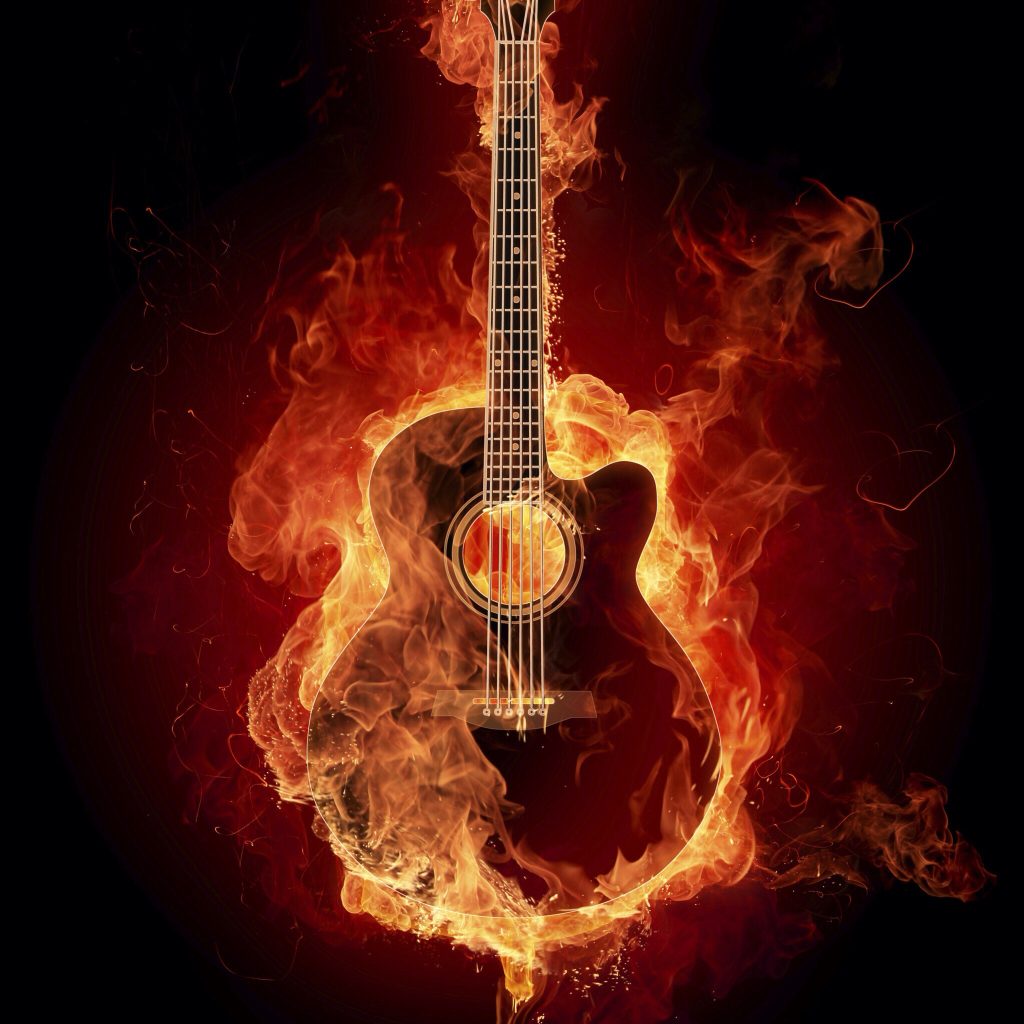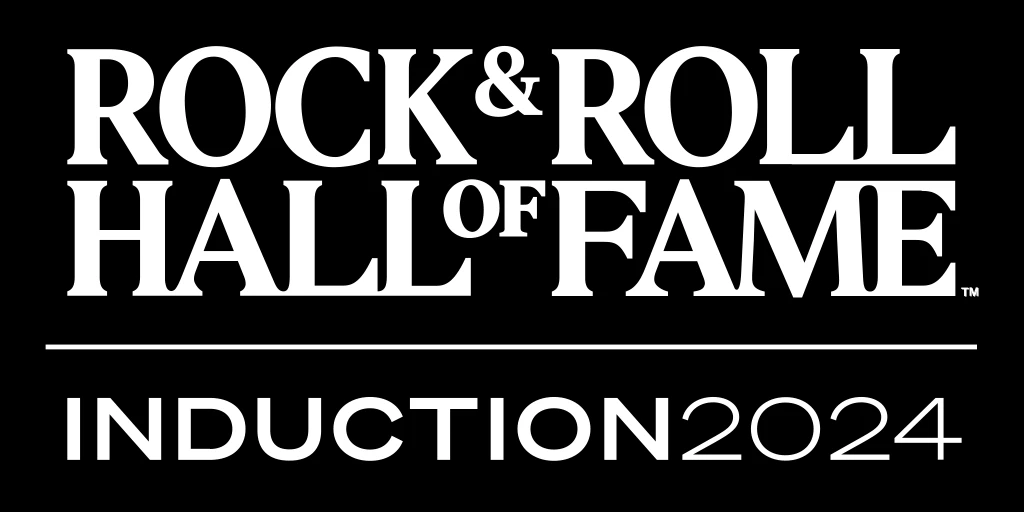Landing a record deal is often the first step to success.
But it’s also one of the first doses of reality artists receive as they enter an industry that moves fast and takes no prisoners. When the Rolling Stones secured their first record deal, it was at once a step forward and a wake-up call. “The band itself were like, ‘We’re making a record, can you believe this shit?'” Keith Richards recalled in his 2010 autobiography, Life. “There was also a sense of doom. Oh, my God, if the single makes it, we’ve got two years and that’s it. Then what are we doing to do? Because nobody lasted. Your shelf life in those days, and a lot even now, was basically two and a half years. And apart from Elvis [Presley], nobody has proved that wrong.”
Some debut albums strike gold immediately, thanks to good promotion, name recognition or just good luck. Others take time to build credibility. From big breaks to underappreciated offerings, the below list of Top 40 Debut Rock Albums outlines the best first impressions.
Top 40 Debut Rock Albums
Gallery Credit: Ultimate Classic Rock Staff
EMI
40. (Tie) ‘Iron Maiden,’ Iron Maiden (1980)
Warner Bros.
40. (Tie) ‘Holy Diver,’ Dio (1983)
Moon
39. ‘Rush,’ Rush (1974)
Charisma
38. ‘Peter Gabriel,’ Peter Gabriel (1977)
Island
37. ‘Roxy Music,’ Roxy Music (1972)
ABC
36. ‘Can’t Buy a Thrill,’ Steely Dan (1972)
Atlantic
35. ‘Deja Vu,’ Crosby, Stills, Nash & Young (1970)
Epic
34. ‘Ted Nugent,’ Ted Nugent (1975)
Mercury
33. ‘New York Dolls,’ New York Dolls (1973)
Elektra
32. ‘The Cars,’ The Cars (1978)
Columbia
31. ‘Mr. Tambourine Man,’ The Byrds (1965)
MCA
30. ‘Pronounced ‘Leh-‘nerd ‘Skin-‘nerd,’ Lynyrd Skynyrd (1973)
Island
29. ‘In the Court of the Crimson King,’ King Crimson (1969)
Mushroom
28. ‘Dreamboat Annie,’ Heart (1975)
Warner Bros.
27. ‘Montrose,’ Montrose (1973)
Leathur
26. ‘Too Fast for Love,’ Motley Crue (1981)
Apple
25. ‘John Lennon/Plastic Ono Band,’ John Lennon (1970)
London
24. ‘ZZ Top’s First Album,’ ZZ Top (1971)
Real Records
23. ‘Pretenders,’ The Pretenders (1979)
Modern
22. ‘Bella Donna,’ Stevie Nicks (1981)
Arista
21. “Horses,’ Patti Smith (1975)
EMI Columbia
20. ‘The Piper at the Gates of Dawn,’ Pink Floyd (1967)
Verve
19. ‘The Velvet Underground & Nico,’ The Velvet Underground (1967)
Jet
18. ‘Blizzard of Ozz,’ Ozzy Osbourne (1980)
Capitol
17. ‘Music From Big Pink,’ The Band (1968)
I.R.S.
16. ‘Murmur,’ R.E.M. (1983)
Virgin
15. ‘Never Mind the Bollocks, Here’s the Sex Pistols,’ Sex Pistols (1977)
Sire
14. ‘Ramones,’ The Ramones (1976)
Sire
13. ‘Talking Heads:77,’ Talking Heads (1977)
Shelter
12. ‘Tom Petty and the Heartbreakers,’ Tom Petty and the Heartbreakers (1976)
Megaforce
11. ‘Kill ‘Em All,’ Metallica (1983)
Stiff
10. ‘My Aim Is True,’ Elvis Costello (1977)
CBS
9. ‘The Clash,’ The Clash (1977)
Elektra
8. ‘The Doors,’ The Doors (1967)
Vertigo
7. ‘Black Sabbath,’ Black Sabbath (1970)
Warner Bros.
6. ‘Van Halen,’ Van Halen (1978)
Parlophone
5. ‘Please Please Me,’ The Beatles (1963)
Geffen
4. ‘Appetite for Destruction,’ Guns N’ Roses (1987)
Reprise
3. ‘Are You Experienced,’ The Jimi Hendrix Experience (1967)
Apple
2. ‘All Things Must Pass,’ George Harrison (1970)
Atlantic
1. ‘Led Zeppelin,’ Led Zeppelin (1969)
Read More: Top 40 Debut Rock Albums | https://ultimateclassicrock.com/debut-albums/?utm_source=tsmclip&utm_medium=referral
Author
Beth
You may also like
Continue reading





